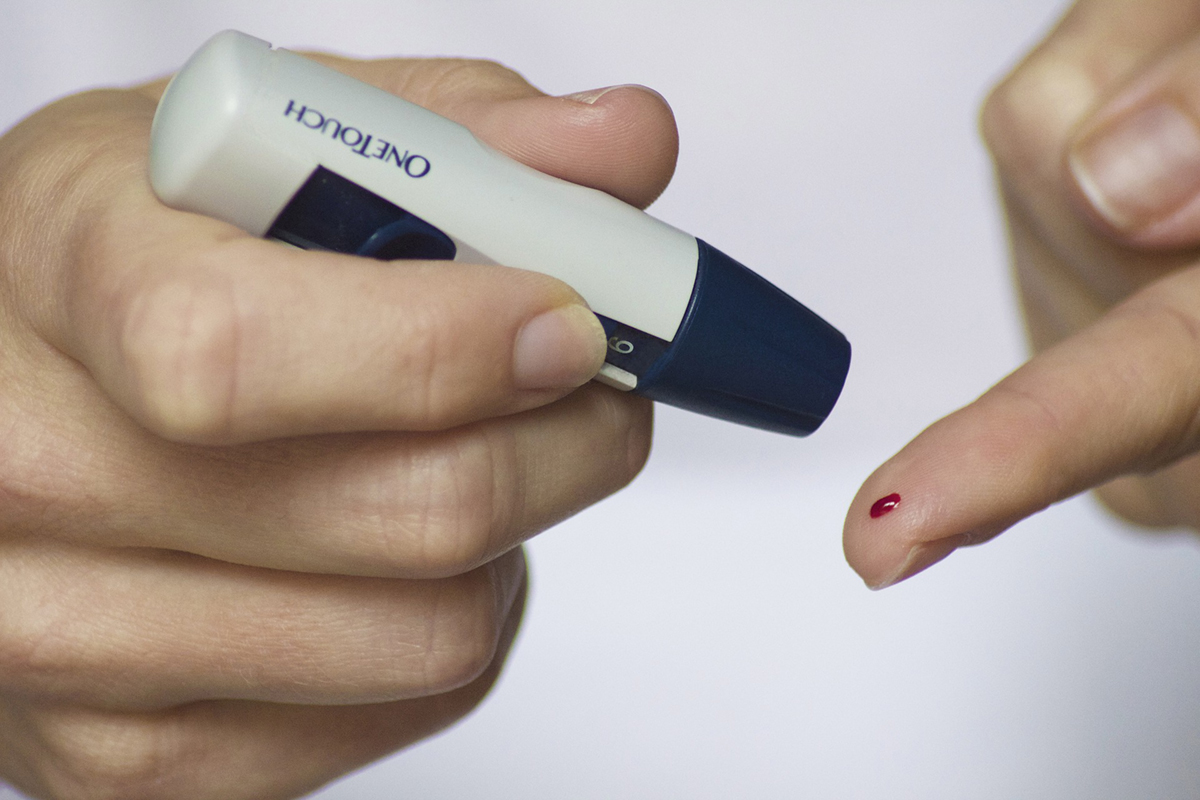
Blood Sugar Levels after Eating
Aftereating any size meal, blood sugar levels will increase for a short time thereafter, slowly decreasing to normal levels after some time.
Aperson's blood sugar level is defined as the amount of glucose in the bloodstream. As the stomach digests food, glucose is released into the blood stream along with carbohydrates, and is moved from the liver or intestines through the bloodstream to other parts of the body. Carbohydrates are small packets of stored energy that are kept and used by the body later, and are the main source of energy for the body's cells.
Thebody is usually capable of maintaining a steady blood sugar level of its own accord due to the body's ability to produce sugar regulating glucagon and insulin. Produced in the pancrease, the hormone insulin is release into the bloodstream as glucose levels in the blood increase, which is a natural occurrence after eating.
NormalBlood Sugar levels after Eating
Averageblood sugar levels help to determine the correct, healthy amount of blood sugar one should have. The average amount ranges between 70 mg/dL (milligrams per decilitre) and 150 mg/dL, and changes throughout the day according to the person's level of activity and food intake. Before the first meal of the day, blood sugar levels are at the lowest they will be all day, also known as the 'fasting level'. This is the time at which the fasting blood sugar measurement is taken, the postprandial measurement is taken two hours after the first meal of the day and any other measurement taken during the day is called casual or random.
Bloodglucose levels that are constantly higher than 150mg/dL are an indication of high blood sugar, the medical term for which is hyperglycemia. On the opposite side of the scale, blood sugar levels constantly falling below 70 mg/dL indicate possible low blood sugar (hypoglycemia). If the fasting blood glucose amount is at least 125 mg/dL, or if the postprandial level is over 200mg/dL, the person could possibly be diabetic. Also, the fasting level being between 100 and 125mg/dL on two separate instances is an indication of what is known as pre-diabetes blood glucose levels. These mean that the person has a higher probability of developing diabetes. When the fasting blood sugar level consistently falls below 50mg/dL for men or 40mg/dL for women, it is a clear indication of hypoglycemia.
Inorder to receive accurate measurements of the blood sugar, strenuous exercise must be avoided before any tests are conducted. Other illnesses or maladies can also affect the readings. Do not take any insulin tablets or injections before the test, as this can alter the blood sugar level and cause false measurements.


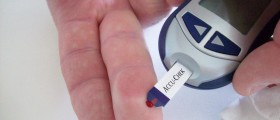
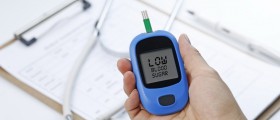

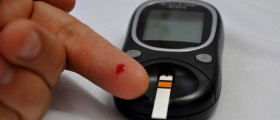
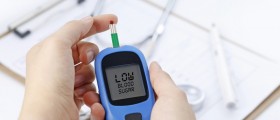


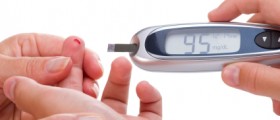







Your thoughts on this
Loading...